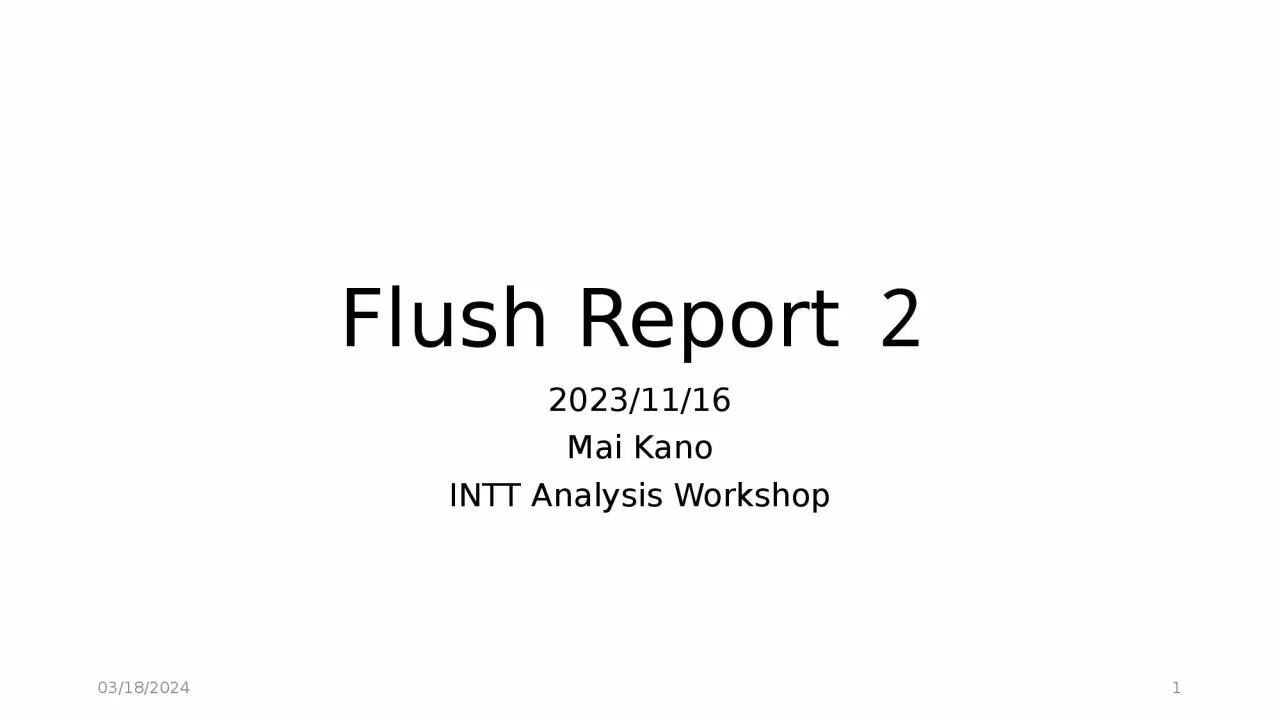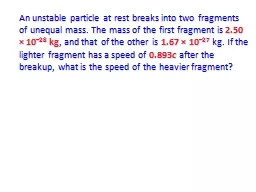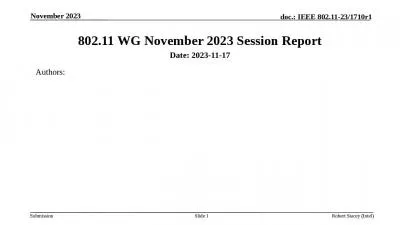PPT-Flush Report 2 2023/11/16
Author : amey | Published Date : 2024-03-13
Mai Kano INTT Analysis Workshop 20231116 1 My To Do List New Reexamine Multiplicity dependence after rethinking how to determine Mixup Because when selecting the
Presentation Embed Code
Download Presentation
Download Presentation The PPT/PDF document "Flush Report 2 2023/11/16" is the property of its rightful owner. Permission is granted to download and print the materials on this website for personal, non-commercial use only, and to display it on your personal computer provided you do not modify the materials and that you retain all copyright notices contained in the materials. By downloading content from our website, you accept the terms of this agreement.
Flush Report 2 2023/11/16: Transcript
Download Rules Of Document
"Flush Report 2 2023/11/16"The content belongs to its owner. You may download and print it for personal use, without modification, and keep all copyright notices. By downloading, you agree to these terms.
Related Documents














